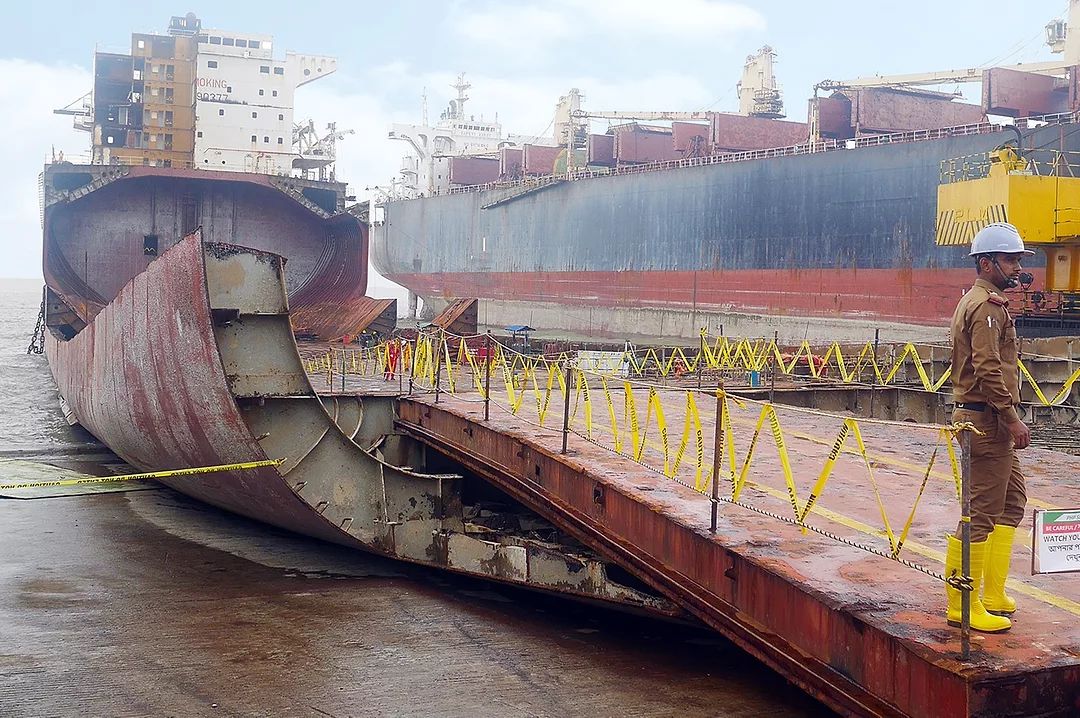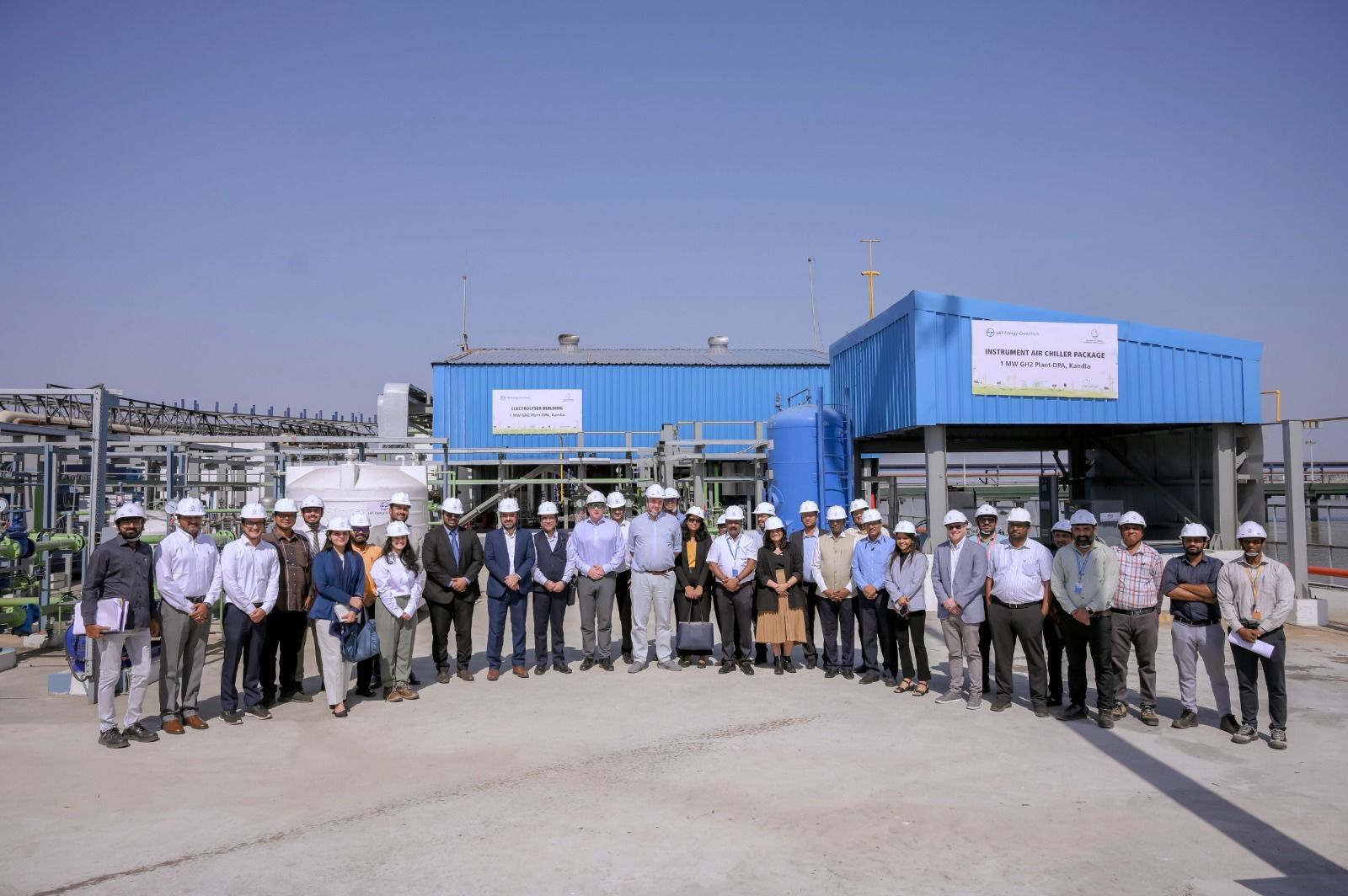Turbine-Powered LNG Tanker and Panamax Bulker Sold for Scrap Amid Steady Shipping Markets
In a notable development for the maritime recycling sector, Mitsui O.S.K. Lines (MOL), a prominent Japanese shipping company, has offloaded two aging vessels—the 2004-built steam turbine liquefied natural gas (LNG) tanker Dukhan and a 30-year-old Panamax bulk carrier previously engaged in the coal trade—for scrapping. The sales, finalized over the past week, underscore a cautious but ongoing trend of recycling older tonnage, even as shipping markets remain relatively robust into 2025.

The Dukhan, a 21-year-old LNG carrier with approximately 137,000 cubic meters capacity, was sold on an “as is” basis with delivery slated for Malaysia. This transaction marks the ninth steam turbine-powered LNG tanker to be sold for recycling since January, reflecting a gradual phase-out of older, less efficient vessels within this niche segment of the gas shipping fleet. Meanwhile, the unnamed 30-year-old Panamax bulker, a workhorse of the coal trades, joins the growing list of aging dry bulk vessels heading to the breakers’ yards.
A Steady but Subdued Recycling Market
Despite these high-profile disposals, recycling activity across the global shipping industry remains subdued compared to historical peaks. Strong freight rates and sustained demand in key trades—such as LNG, dry bulk, and container shipping—have incentivized owners to keep older tonnage in service longer than anticipated. Analysts note that while the scrapping of steam turbine LNG carriers like the Dukhan signals a shift toward modern, fuel-efficient tonnage, the broader market is not yet witnessing a flood of recycling candidates.
“The shipping markets are still holding firm,” said a Singapore-based shipbroker familiar with the deals. “Owners are weighing the cost of retrofitting or maintaining older ships against the revenue they can still generate. For now, many are opting to squeeze out a few more years of service, especially in the bulk and gas sectors.”
The Dukhan’s sale, however, highlights a specific trend within the LNG shipping segment. Steam turbine-powered vessels, once a mainstay of the industry, have steadily lost favor to more efficient dual-fuel diesel-electric (DFDE) and two-stroke engine designs, such as those utilizing ME-GI (Methane Gas Injection) technology. These modern alternatives offer lower fuel consumption and compliance with tightening environmental regulations, including the International Maritime Organization’s (IMO) carbon intensity targets.
The Dukhan’s Final Voyage
Built in 2004, the Dukhan represents a bygone era of LNG shipping. Steam turbine propulsion, while reliable, is significantly less efficient than contemporary engine technologies—a critical factor as operators face mounting pressure to reduce emissions and operating costs. The vessel, laid up before its sale, had reached a point where MOL deemed retrofitting or further maintenance uneconomical. Its delivery to a recycling facility in Malaysia aligns with the region’s growing prominence as a hub for green shipbreaking, where stricter environmental standards are increasingly enforced.
The sale on an “as is” basis—a common practice in recycling deals—means the buyer assumes responsibility for the vessel’s condition, including any remaining bunkers or equipment onboard. While exact terms of the transaction were not disclosed, industry sources estimate that the Dukhan fetched between $500 and $600 per light displacement ton (LDT), in line with current scrap prices for specialized tonnage.
Panamax Bulker Joins the Scrap Heap
The disposal of the 30-year-old Panamax bulker, meanwhile, reflects a similar calculus. At over three decades old, the vessel—a stalwart of the coal trade—had likely reached the end of its operational life. Panamax bulkers, with deadweight tonnage typically ranging from 60,000 to 100,000 DWT, remain a backbone of the dry bulk fleet, transporting commodities like coal, grain, and iron ore. However, aging ships face rising maintenance costs, reduced fuel efficiency, and competition from newer, larger vessels like Capesize bulkers.
Coal, in particular, has been a volatile market in recent years, with demand tempered by global energy transitions and regional shifts toward renewables. For owners of older tonnage like this Panamax, the decision to scrap rather than reposition or refurbish reflects a pragmatic response to these dynamics.
Broader Implications for Shipping
The recycling of these two vessels comes at a time when the shipping industry is navigating a complex landscape. On one hand, freight rates remain elevated across multiple sectors, buoyed by steady global trade and lingering supply chain disruptions. On the other, regulatory pressures—such as the IMO’s Energy Efficiency Existing Ship Index (EEXI) and Carbon Intensity Indicator (CII)—are nudging owners toward fleet renewal. For steam turbine LNG carriers and older bulkers, these factors tip the scales toward retirement.
Yet, the pace of recycling suggests a market in balance rather than distress. “We’re not seeing a rush to the scrapyards,” noted a London-based analyst. “The Dukhan and this Panamax are outliers in a fleet that’s still largely profitable. Owners are holding off unless the economics really force their hand.”
Looking Ahead
As of March 31, 2025, the disposal of the Dukhan and its Panamax counterpart serves as a microcosm of the shipping industry’s gradual evolution. For MOL and other operators, shedding inefficient tonnage paves the way for investment in next-generation vessels—whether LNG carriers with cutting-edge propulsion or bulkers optimized for a decarbonizing world. For now, though, the breakers’ yards remain a quiet corner of an otherwise bustling market, with recycling sales ticking along at a measured pace.
Author: shipping inbox
shipping and maritime related web portal








